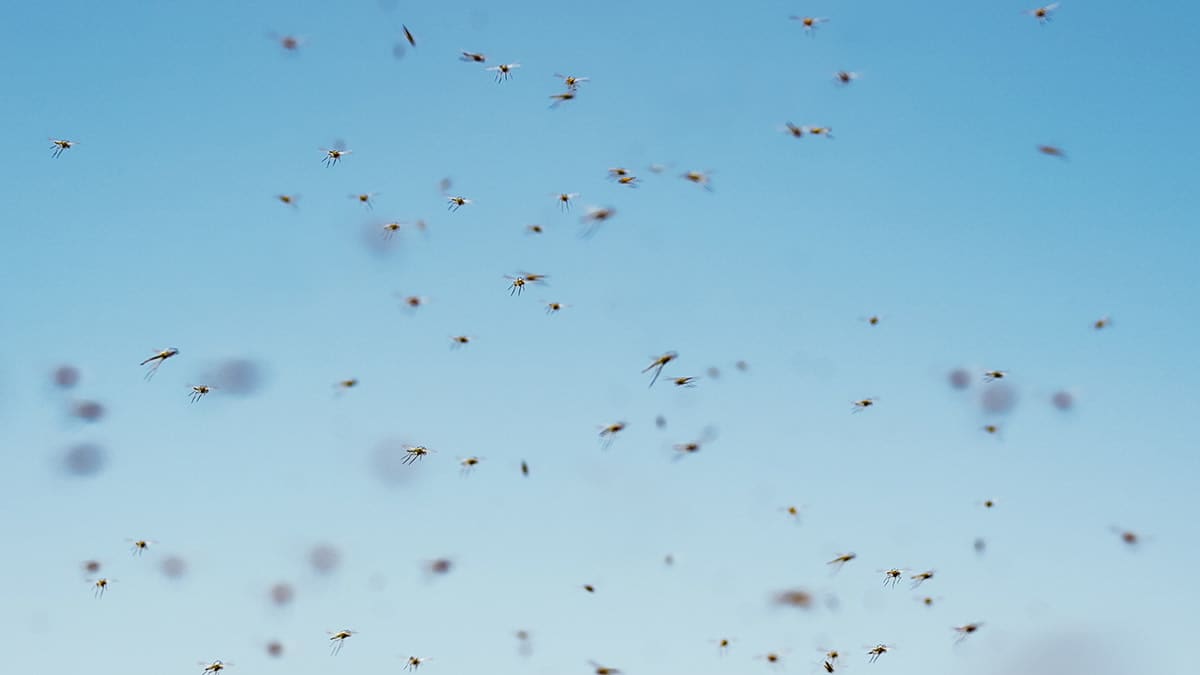
Mosquito traps and lures target adult mosquitoes that are already out, flying around, and looking for a meal. Because mosquitoes can enter a yard from any direction, however, it’s unlikely that a trap will capture all of them, Markowski says.
The best traps are ones that target mosquitoes specifically, not bugs or flying insects in general, according to Buckner, Healy, and Markowski. Some create environments that mosquitoes might fly into to try to lay their eggs. Depending on the trap, mosquitoes are trapped before they can lay eggs, or they lay eggs in a solution that can kill the eggs or larvae before they become adults. Others lure the bugs that are seeking out a blood meal (like you) with an attractant like carbon dioxide, which simulates breathing. Once in those traps, the mosquitoes can’t escape—and they die.
Researchers at the CDC designed a low-tech trap known as an autocidal gravid ovitrap (AGO trap) to specifically target Aedes species, which often breed in buckets or old tires in backyards. Versions of this trap often look like a bucket with a bit of water and hay inside. Female mosquitoes fly in looking to lay eggs, but a screen prevents them from actually depositing eggs. They are then captured by sticky paper on the sides of the bucket.
You can buy the Ovi-Catch AGO trap based on CDC technology from Catchmaster. And there are a number of closely related traps, Buckner says. The company Biogents sells several research-backed traps, including a similar product known as a “GAT” trap.
The CDC’s AGO trap doesn’t contain any chemicals meant to kill anything, but some traps that are structurally similar contain larvacide to kill mosquito larvae. One example Markowski cites as effective is the In2Care trap. With this trap, mosquitoes fly in and can access the water where they lay eggs. But the water has a fungus that will slowly kill adult mosquitoes and a larvacide that the mosquitoes can spread to other breeding sites before they die.
For AGO traps or others like them to work best, you should have a network of them in your neighborhood, Buckner says. The mosquitoes they attract don’t fly far but still might come in from a neighbor’s yard unless you and people in surrounding homes work together to decrease the local population.
These aren’t the only traps that work. Popular traps like the Mosquito Magnet can also catch a lot of mosquitoes, including house mosquitoes, attracting them by emitting carbon dioxide, Markowski says. (Attractants can also be used in bug-zapping devices, but these experts said that such devices still kill too many beneficial insects.)
These sometimes kill hundreds of mosquitoes in a night, Markowski says. But that highlights both the benefits and weaknesses of traps as part of mosquito prevention. Eliminating a couple of hundred mosquitoes might lower your risk of being bitten. “But the issue you have is it is literally a numbers game,” Markowski says. If you have an unused swimming pool or backyard pond nearby, that could release millions of new mosquitoes each week. In that context, a few hundred a night is just a drop in the bucket.
That’s why you can’t expect traps to do everything, according to Healy. “Be wary of things that say they control 100 percent” of mosquitoes, she says. Instead, think of traps as one strategy among many.









